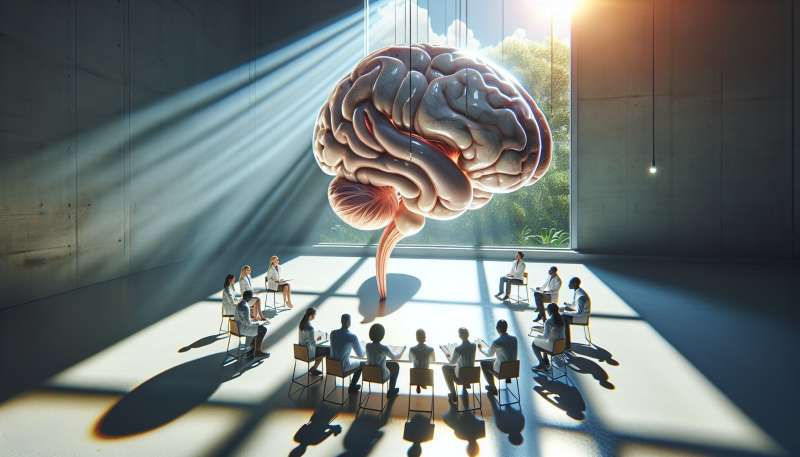
Pituitary Gland Overview
The pituitary gland, often termed the 'master gland', orchestrates endocrine system function. Despite its size, akin to a pea, it exerts substantial influence over numerous bodily processes.
Anatomical Structure
Located at the brain's base, the pituitary gland is nestled within the sella turcica, a depression of the sphenoid bone. It connects to the hypothalamus via the pituitary stalk.
Two Distinct Lobes
The pituitary comprises anterior and posterior lobes. The anterior lobe releases hormones like GH and ACTH. The posterior lobe stores and releases oxytocin and vasopressin produced by the hypothalamus.
Hormonal Symphony Conductors
Pituitary hormones regulate diverse functions: growth, reproduction, metabolism, and water balance. Its secretions adjust in response to signals from the hypothalamus or feedback from target organs.
Pituitary Disorders' Impact
Dysfunction in the pituitary can cause conditions such as gigantism, dwarfism, and Cushing's disease. Treatment often involves hormone replacement therapy, surgery, or radiation.
Tumor-Induced Hypersecretion
Pituitary tumors, usually benign, can overproduce hormones causing hyperpituitarism. Surprisingly, they account for about 10% of all primary brain tumors diagnosed.
Regeneration and Plasticity
The gland can partly regenerate and show plasticity. It can adapt its size and function according to the body's physiological demands, which is unique for an endocrine gland.
What is the pituitary gland nicknamed?
'Giant gland' of endocrine system
'Master gland' in bodily processes
'Primary gland' for hormones
Company